About memory – computer memory is a type of storage container device and primary storage medium for reserved computer data and information of temporary or permanent nature. Where every personal computer, desktop, laptop, notebook, cellphone usually has two types of memory. It includes both primary and secondary memory. The use of which is reserved in the computer for a particular purpose. Which is installed on the computer motherboard for reserved fixed operation. Where this memory plays a role in storing data and manipulating information in some primary (volatile) and secondary (non-volatile) order. Even both the computer memory is dedicated to specific tasks. And the computer’s primary memory can be scaled and stabilized as intended for its hardware requirement.
Types of computer memory.
- Primary memory (volatile memory).
- Secondary memory (non-volatile memory).
Description and types of primary memory.
- Ram memory.
- Rom memory.
- Prom memory.
- Eprom memory.
- Eeprom memory.
- Virtual memory.
- Auxiliary memory.
- Bubble memory.
- Cache memory.
- Register memory.
Ram – ram is abbreviated as random access memory. It is a type of computer memory. Where ram uses primary stored information and processes them as raw data. It works as long as the power switch is in on mode. When the computer’s power is turned off, ram automatically destroys all the information and releases all stored data and information in its memory. Where ram is installed on the dimm1, dimm2 ram slots on the computer motherboard processes information and data faster in a computer than rom memory. Here ram can store information and data only in that state. When the pc is switched on/on mode. Therefore, we called it volatile memory, if there is a power failure, the ram automatically destroys all the content stored in the ram, ram is the small register chip storage to store the information, information, and process content. The memory chip used to store the here ram is available in any size and storage type. We start it from the bottom up from pentium 1 to pentium 4. And where today’s intel i3, i5, i7, i9, processors support 2/4/8/16/32/64/128 and more gigabytes of ram. Here ram is available in different sizes and with storage capacity. Like, 4mb, 8mb, 16mb, 32mb, 64mb, 128mb, 512mb, 1gb, 2gb, 4gb, 8gb, 12gb, 16gb, 32gb, 64gb, 128gb, ram is available up to 512 gb, and more size specifically reserved for server computers.
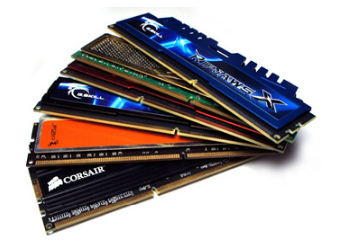
Types of ram.
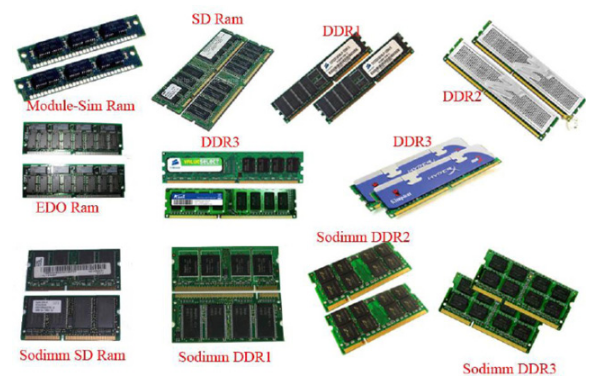
Dynamic ram – dynamic ram is a type of primary computer memory installed in desktop laptops and other electronic gadgets. Where the best quality of dynamic ram is to refresh the data and information every few seconds during the runtime of the system. You even use dynamic ram stored information in the form of capacitors and transistors in the computer.
Static ram – static ram is another type of computer memory part of ram. Generally, static ram produces faster and results in higher performance. But the nature of its store information is volatile. Where it releases store information in a few seconds. Sometimes static ram is also referred to as cache memory used with personal computer microprocessors. Where static ram is a very expensive option but the faster result is performance devices that have static ram.
Rom – rom memory is abbreviated as read-only memory. which is dedicated to storing and processing information and data permanently. Where the computer motherboard manufacturer writes the program in the company rom instruction placed on the build-design motherboard. Where instructions and information are written in the rom, not all instruction information can be erased. When the power is turned off or the computer is in switched off mode. Here the rom memory contains the bootable instructions to the computer. Which every time we run the pc in turn on mode. Where ram is installed on every motherboard in the form of an integrated circuit or chip. Remember, the information written in rom memory cannot be changed, modified, and edited by any normal user. But in some special circumstances, a computer programmer can edit it with specific relevant experience or knowledge. Where this process is called updating system bios cmos settings. But it is risky, it will cause permanent damage system bios to be permanently damaged. So, be careful while doing related activities and tasks.
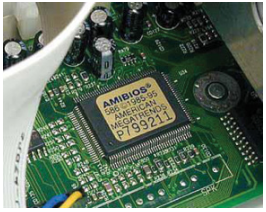
Prom – prom stands for programmable read-only memory category of primary volatile memory. Which only works when the power is in on/off mode. Where the meaningful use of the prom is the computer program that writes the application software to rom information and installs them, it cannot be changed or modified once the prom application or information has been added. Even prom memory is specifically designed by computer manufacturers to write program information on the motherboard.

Eprom – eprom means erasable programmable read-only memory. Which is a commercially designed use of eprom in a computer, eprom erases all information written by prom or stored in the rom device. Where each eprom uses ultraviolet rays to erase the instructions and information written by the rom and the prom. Whenever computer users format a computer. So do secondary devices and store the information and data contained therein. So this type of memory works internally. Here we cannot see this memory. But know about its working structure.

Eeprom – eeprom means electrically erasable programmable read-only memory. where eeprom eprom extends to the version of eeprom. Which is especially used to erase information held electrically in computer memory or secondary storage devices. Where these memories are similar to other memories. But are the same, we can’t see it. But we already know about its working mechanism and structure.
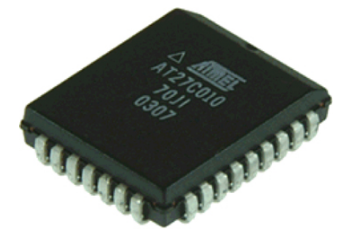
Virtual memory – virtual memory creates some extra space on the personal computer fixed hard disk device as primary memory, and this space is created on the secondary memory. When you buy a pc, it has a pre-reserved minimum of a certain amount of installed ram, and that’s when you process a lot of data and information. As such, application software, web browsing, editing, installed ram will be full in size and no space will be available for additional storage data. You may then be able to manually create virtual memory on the hard drive partition. And in virtual memory, you can keep additional data and information at the time of processing. Here ram can read additional information as virtual memory and process with the main memory cpu. Here virtual memory is the better option for all those pc users. Those who have a very little or limited amount of main memory. So, those users can create and use virtual memory on their computers. Because it saves money on ram memory in your computer. And be prepared to deal with huge amounts of data. Remember, when virtual memory is created on secondary storage. So it uses your existing hdd space. Therefore, the size of the hard drive’s space automatically overestimates the amount of virtual memory used.

Auxiliary memory – auxiliary memory is not part of the internal storage devices of the computer. Where auxiliary memory has the special purpose of storing data and information in a fast storage method without the involvement of cpu memory. Where the nature of its storage is different from the primary memory. But here many secondary storages are available in auxiliary memory type types. Even the most external secondary storage devices play the role of secondary memory.
Bubble memory – bubble is a type of computer memory. Where the nature of bubble memory is to store information and data non-volatile. Where the concept of bubble memory stores information using a thin film of magnetic material to hold small magnetic fields, the bubble stores identity as a single bit of data.
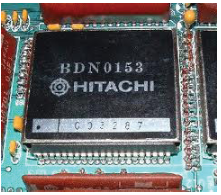
Cache memory – cache memory is a type of primary memory. It stores the information until power is on/switched to mode. Where cache memory is specially designed for computer microprocessors. Where microprocessors can read information and data more quickly than random access memory and any other type of primary memory order. Where the cache memory is installed closest to the computer cpu. By default, cache memory is designed or fixed in terms of l1 or cache l2. Even the cache memory provides a higher memory storage area than any other primary or secondary memory.
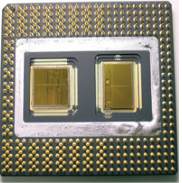
Resistor – register is a hardware memory type. Where register memory stores the data and information directly on the register chip/circuit device. Therefore, they do not need to exchange information with primary memory and other memory. Even the register is able to store the data as well as the instruction.
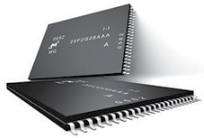
Types of secondary memory.
- Punch card.
- Hard disk.
- Floppy disk.
- Zip disk.
- Magnetic tape.
- Magnetic disk.
- Optical disk.
- Compact disc.
- Digital video disc.
- Pen drive.
- Memory card.
- Audio/video cd.
Punch card – a punch card is a historical computer data processing and storage device. which were used in early conventional computers. This is known as the hollerith card. Where each punch card is based on paper, it has several holes successively on the papers. Where these punches are made manually by humans or are computer-processed. Where computer data company industrial or organizational data stores small punch holes that can be processed at any time as required. Even these tiny punch holes store, as well as retrieve, stored data and information. When its user requires.
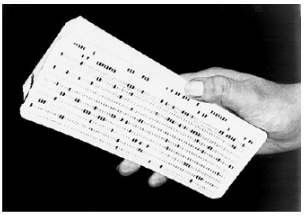
Hard disk – hard disk is recognized as a permanent secondary storage device. Which is fixed in every new brand or old purchase computer. In general, the common hard disk stored file, folder, image, graphic, text, audio, video, animation, document, report, even in the shape of all kinds of data and information electronics process data and information is enabled. Where hard disk is the default fixed secondary storage medium of any computer device. Here for you, the popular hard disk options of your choice are available in the market pata, and sata port formats: scsi, seagate, or western digital hard disks. Where today’s hard disk manufacturers make the production of sata hard disks primary and easy in all new computers. Here you get hard disk size of 256mb, 512mb, 1gb, 2gb, 4gb, 8gb, 16gb, 20gb, 30gb, 40gb, 60gb, 80gb, 160gb, 250gb, 500gb, 750gb, 1tb or 4tb, 10tb and more. Today we start hard disk from pentium 1 till today. Where hard disk uses sata and pata cable as database. Here sata and pata cables are known to carry information between the computer motherboard and other hard disk components. Here hard disk ide cable ide connector or sata connector can be used to connect to the mainboard. Where the hard disk is completely surrounded by a metal box. Where the hard disk is internally fixed on the platter/plates in the form of a spindle. Which is tightened in the shape of screws on different read-write heads of different platters. Where it is able to read and write information from tracks and sectors to the hard drive. Here rpm (revolutions per minute) shows the repeated read and write information per minute. Here no air, dust, or water reaches the hard disk while the computer is executing or processing data and information in the hard disk. Even every computer makes continuous use of a hard disk to retrieve and manipulate electronic data and information.
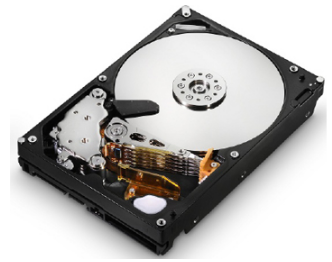
Floppy disk – floppy disk was used in the first era of 1990 and later from 1990 to the year 2003. At that time floppy storage devices were recognized as a versatile reliable storage medium. Where it allows every computer user to copy and move data information from the copied location to share the information among multiple computer users. Where the floppy disk looks like a rectangular plastic disk. Where the default storage data and information consumed by a normal floppy disk is 1.44 mb and dual-density floppy disk 2.88 megabytes are stored. Here are some common floppy sizes available. Which are available in 8” inch 5.25” inch 3.5” inch size. But in today’s time, the floppy disk is completely obsolete and in present times other storage media devices have completely replaced it with micro/mini sd cards, pen drives, flashcards, or memory register/chip. Where these storage devices store more data and information than floppy. And they join as more reliable, more space data and information containers than floppy devices, plug and play, and heavy-duty devices. But the legacy of floppy devices was popular only from 1990 to the year 2000.
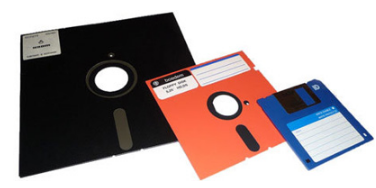
Type of floppy disk
- 8-inch floppy disk.
- 5.25 inch floppy disk.
- 3.5 inch floppy disk.
8-inch floppy disk – 8-inch floppy disk was first introduced by ibm (international business management) company. Where this floppy disk was available to store data and information in read-write format. Whereas this floppy disk had a common problem with storage size and portability, 8-inch floppy disk size. Hence, this floppy disk was disliked among all computer users in a short time.

5.25 inch floppy disk – the 5.25-inch floppy disk used in the early times. When there were fewer secondary storage media available in the year 1990 and earlier. Where these floppy disks came in the huge size and low storage volume of computer data and information. Where was the real problem of using these floppy disk devices to carry information. Even instability or portability issues were common with this floppy disk. But after some time many companies demonstrate the manufacture of a new floppy disk in the size of 3.5 inches. Where 5.25 the actual storage size of the floppy disk is 1.2 megabytes or 360 kb.
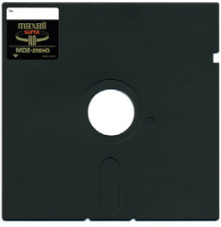
3.5 inch floppy disk – smaller floppy disk size, easier to carry in a pocket, store more data than 5.25 floppy disks, and provide greater reliability. where it is in the double density of data and information on both sides comes with storage. By default, it stores 1.44 megabytes of data and information. And some of its larger versions store 2.88 megabytes or more of data and information. Here floppy disk was available in many colors, sizes, designs. Even many companies make it for their customers. But after the invention of a large number of storage devices, floppy devices became the old storage media. Here we know, that floppy storage has now been completely replaced by modern secondary devices. Like, a pen drive flash drive, storage, etc.
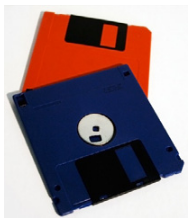
Zip disk – zip disk is recognized as a secondary storage media. where it is the extended version of the floppy disk. Where the floppy 3.5″ stored data 1.44-megabytes of data and 2.88 megabytes in double-density. But zip disk used to store more sizes of data in 100 mb, 250 mb, and more than 750 megabyte. Where zip discs were commercially used to back up data and information. Even this data and information was moved between more than one computer. Because zip disk is a portable secondary storage media device. Zip discs became more popular for their size, storage, durability, and portability, even reliability. But today zip disk is not used in place of zip disk. At present, computer users use usb pen drives, smart cards, memory cards, etc. to store data and information. Where zip disc was created and developed by iomega. Zip disk is the old backup storage media device in today’s environment. But now computer users use pen drives, memory cards, external hard disks, devices to transfer data and information between one or more client-server machines.
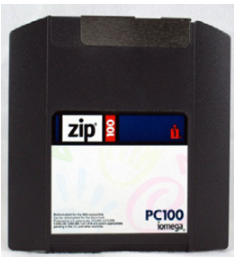
Magnetic tape – magnetic tape is a popular secondary storage media device for recording music information, recording movies, telephone voice, and computer data-related information. Where these devices are available in the format of audio-video cassettes in various shapes and sizes. There is even common magnetic tape used for data storage and backup storage devices. Where it is plastic tape coated with a ferromagnetic material, even these tapes look like reels. Here it stores analog or digital data.
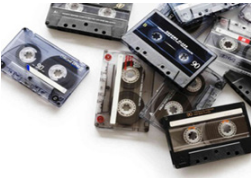
Optical discs – optical discs are commercial secondary storage media devices. Contains/stores a greater amount of data and information than a floppy or zip disk. Where the common optical discs are cd, dvd, and blu-ray, disc storage media. Cd compact disc plastic disc store data and information 700 megabytes some versions 800 megabytes or 1 gigabytes storage size and dvd digital video/versatile disc store data and store data up to 2 gigabytes 4 gigabytes 8 gigabytes 16 gigabytes and more store and re-display. But blu-ray storage media stores data and information up to 50 gigabytes and more in size in computers.

Compact disc – compact disc is a popular secondary storage media. Which is used to store, read, write new games, computer software, multimedia, audio, video objects. Where you can move secondary storage objects between multiple computers with compact disc features or move digital data and information. Where commercially compact discs create multimedia objects and burn disc data, and information is read, written, and updated with supported devices. Where cd rom (compact disk read-only memory) is the hardware device. Which reads the information stored on the compact disc with ultraviolet rays. Where compact discs are available in two formats, the first is one that writes data and information several times and reads several times, and the second is a cd-r rewritable disc, which repeatedly uses new data ends to store information and data. Uses information. In general, here you get the usual compact disc choice available with either 650-megabytes or 700-megabytes of storage disk space. Where is a compact disc made with plastic circular discs on coated polycarbonate. A typical diameter of a compact disc is 4.75 in (12 cm), a compact disc stores more information than a floppy disc, a zip disc. Here the regular storage size of the compact disc is 700 megabytes and some in the 1 gigabyte higher version store 80 minutes of compact disc audio. Here compact discs have been introduced by sony and philips and many other companies.

Digital video disc – dvd extend (digital video disc/digital versatile disc) is another secondary storage media plastic disc. Which is used to store more information than a floppy disk, zip disk, compact disk. Where the common storage size available in the market is 4.7 gigabytes, and the size available is more than 8 gigabytes or 16 gigabytes, and there are other available sizes. Here you need a dvd hard drive device to read dvd discs. Where you can store games, software, multimedia objects, movies, movies, etc in dvd. Even you can play it anytime with supported software. Where any data information access rate of dvd between 600 kbps to 1.3 mbps you need hardware device component. Which dvd device enables you to play.
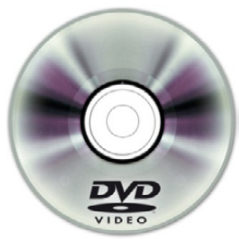
Pen drive – pen drive is a versatile usb secondary storage media device. Which allows the portability of databases and information moving between one or multiple computers. Where a pen drive is used to transfer the backup computer data from the source location to the destination location. The pen is a new invention, and it replaces the use of floppy disks, zip disks. Where all pen drive is a plug-and-play device, you just use it and unplug it, you don’t need to install extra hardware-software to use the pen drive in the computer. You can even store digital information as a file, folder, image, graphics, text, content, audio, video, multimedia, animated object, and much more. Which can be copied and pasted anywhere. While the common pen drive is available in sizes 1gb, 2gb, 4gb, 8gb, and 32gb, and 64gb, the maximum size is 512gb, 1tb, 2tb, 4tb, and many companies design pen drives in different sizes. With pen drive, you can transfer data, backup data, send and receive data easily. Pen drives are used as removable storage media only as per plug and play.
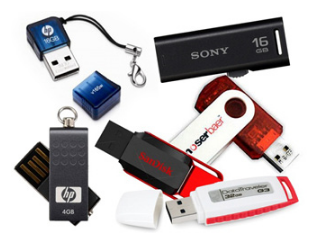
Memory card – memory card is small in size. But more used in digital communication as flashcard plugin usb port for store photo, audio, video, file, folder, image. Where today’s memory cards/smart cards are used in cellphones, laptops, digital cameras, audio players, video players, video games, handy cameras, and many more. Where available in mini sd, micro sd, compact flash, xd picture card size, plug-in memory card slot memory card in a laptop or attach external card reader device. Which copies and pastes computer databases between the memory card and the computer hard drive partition. Even the memory card stores the information in a non-volatile nature. When you plug the card into the device store, the content is displayed and the information is written and read by the user.

Sims memory – sim stands for single in-line memory module. Where sim circuit is a memory module, which contains computer memory. Each sim circuit memory module contains one or more ram chips. Even these sim modules get installed on the computer motherboard. Available in a 32-bit data type model is the common sim memory module. Where sim is now replaced with dim memory slot module new motherboard. Even sim memory modules have a small amount of storage in sd ram, and have slow processing, it was used in the year 1980.
Dim memory – dim is meant as a dual inline memory module replacement of sim memory modules. Where the dim circuit is placed in a pentium 4 or later motherboard. Here the general dim slot is the hold dram (dynamic random-access memory) memory type model. Where this is a working pattern of dim, memory sim is more reliable, faster, and time-consuming than ram, this memory model supports 32-bit operating systems.

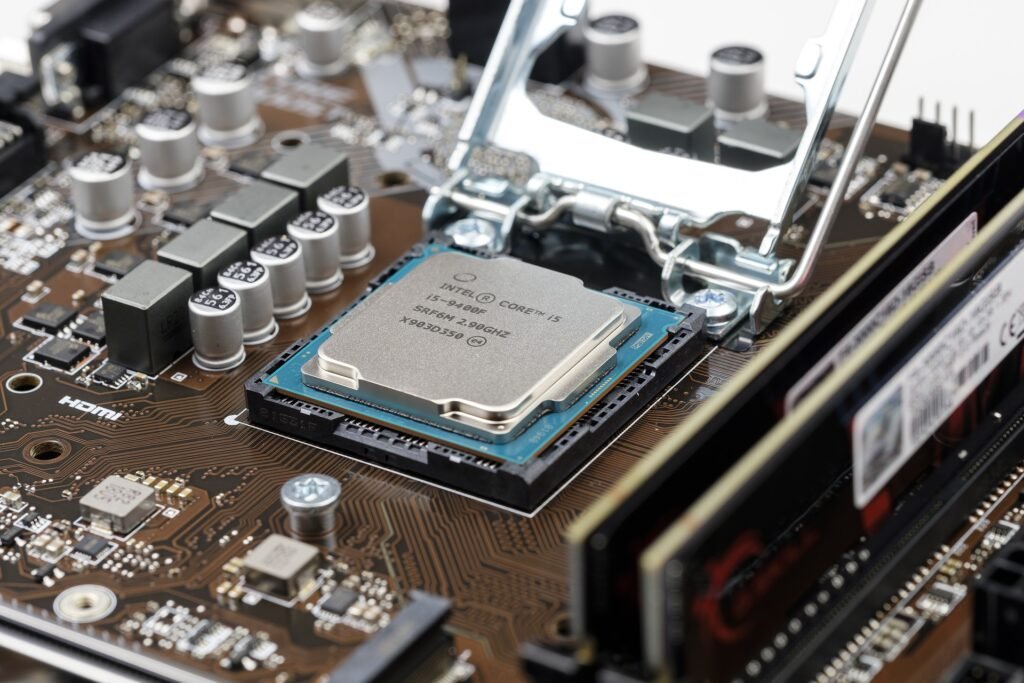






















































































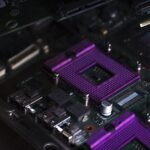


























































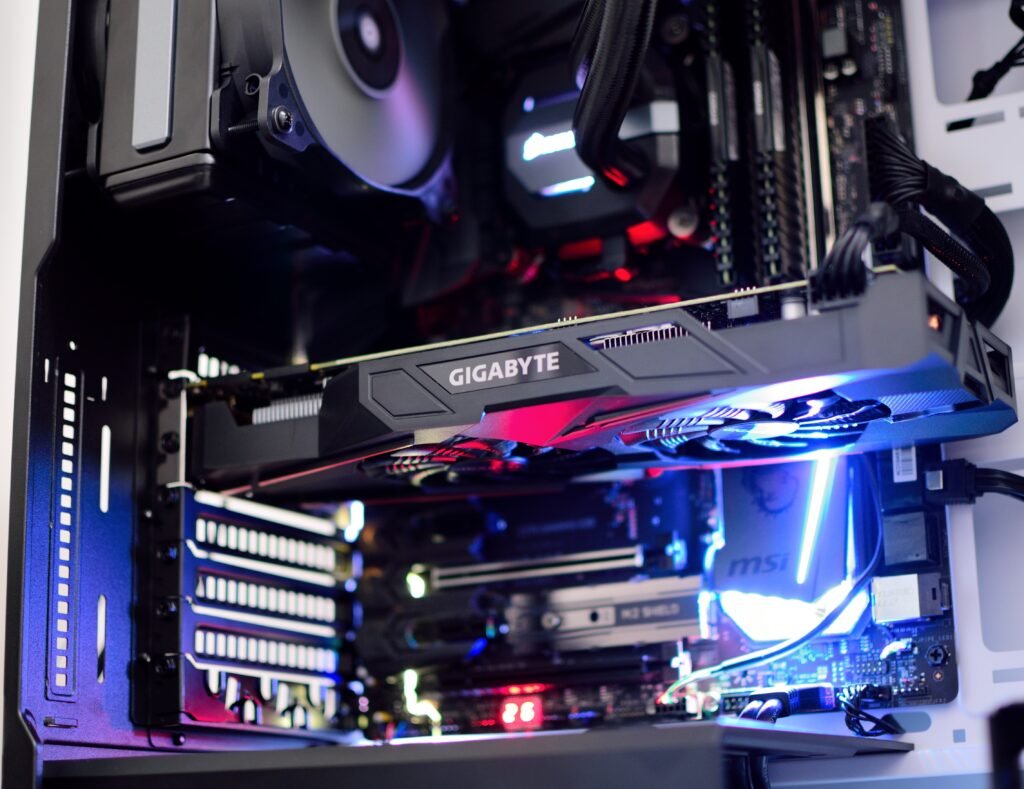
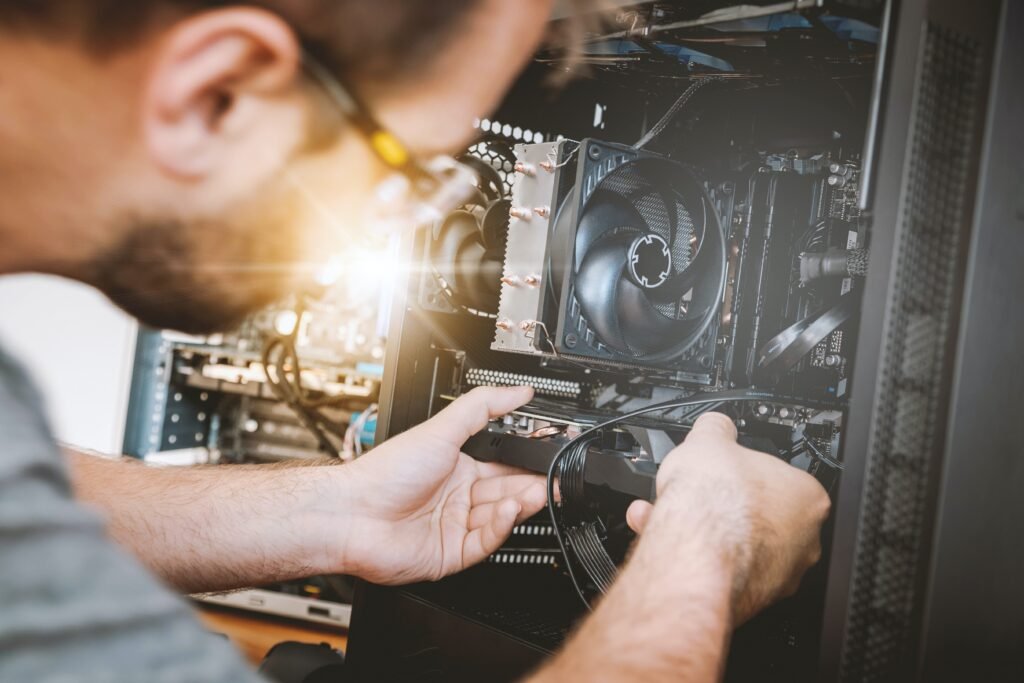
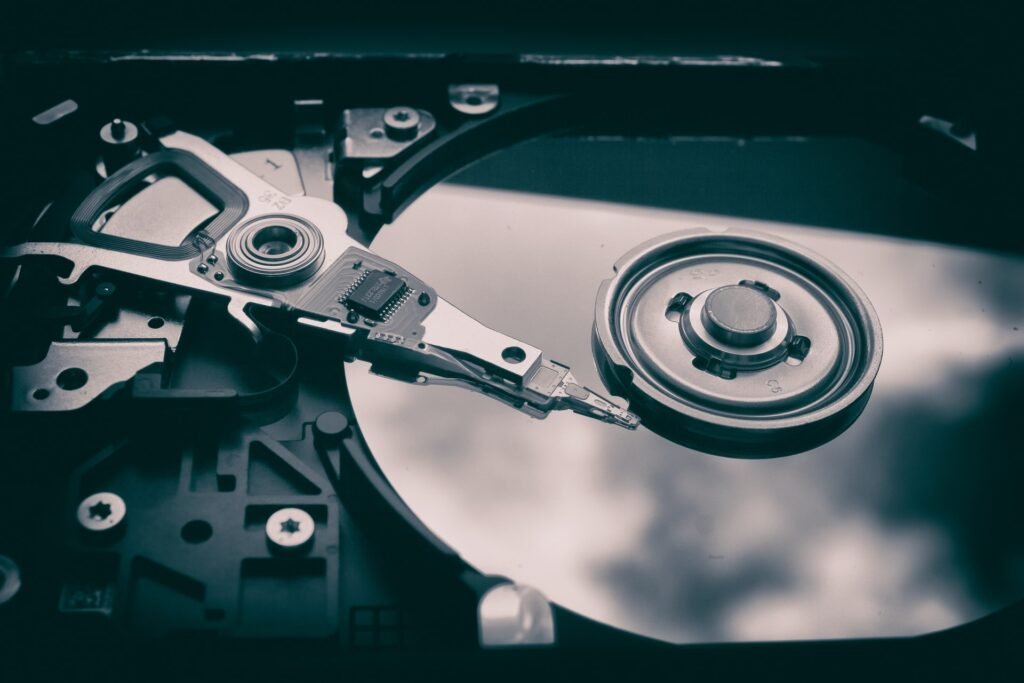
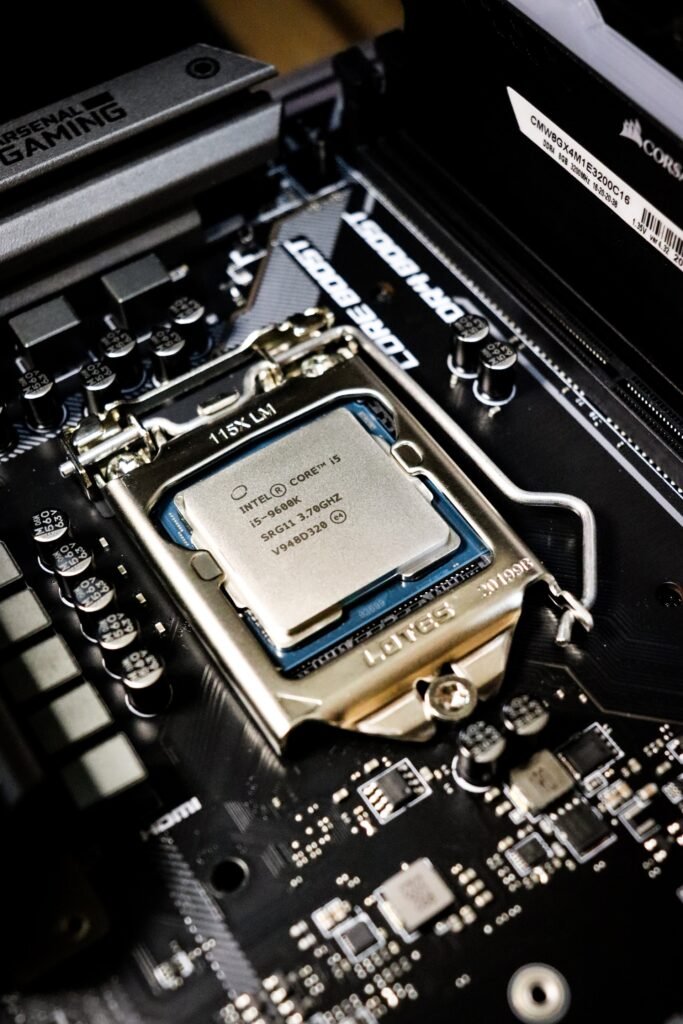


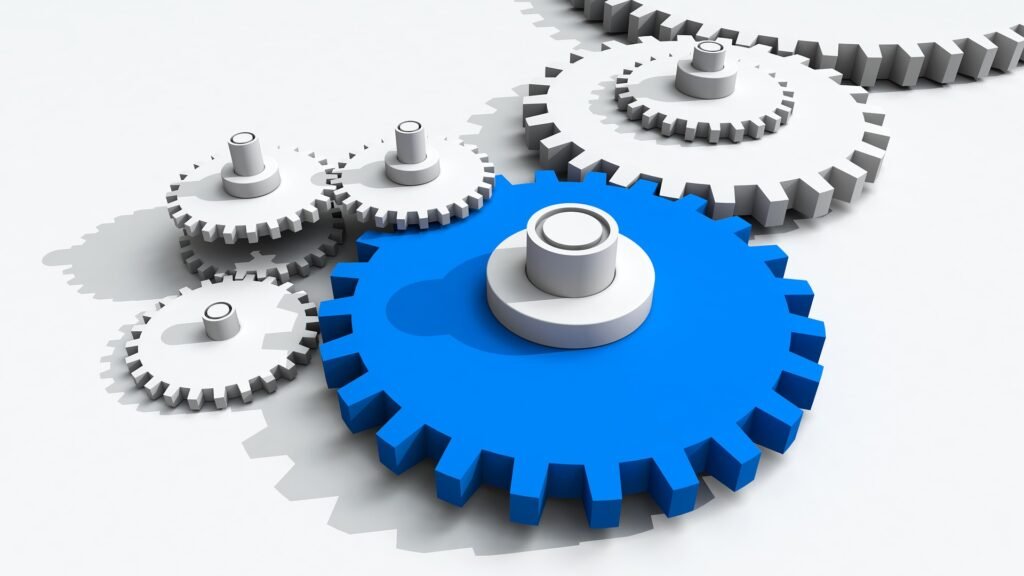

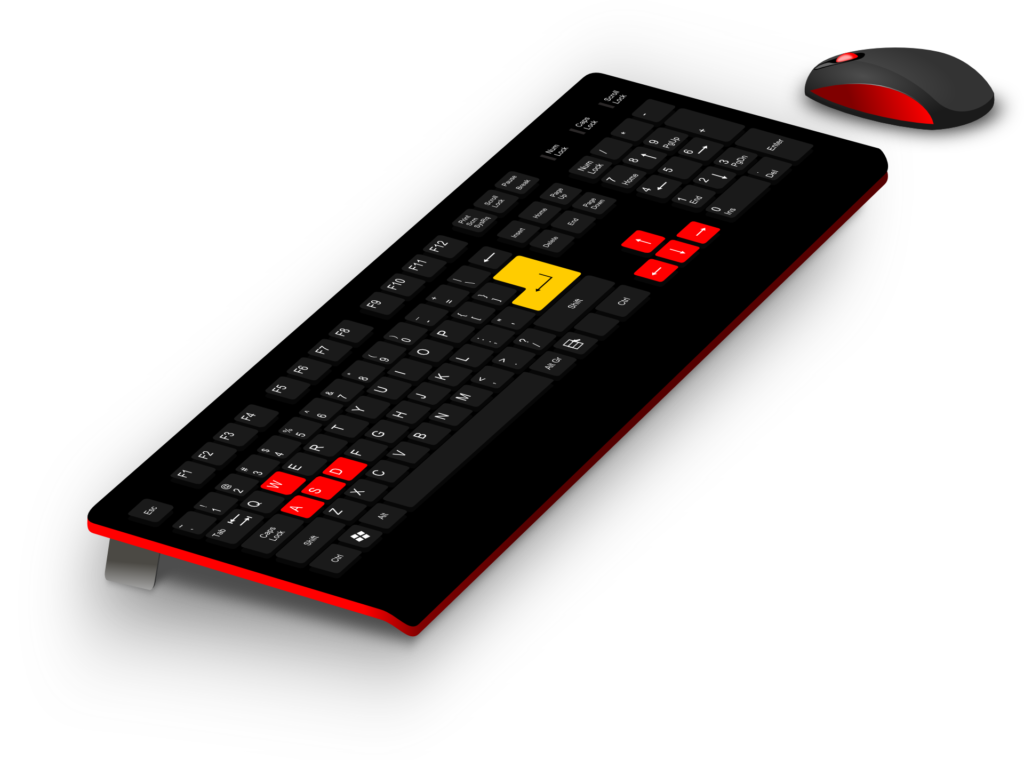
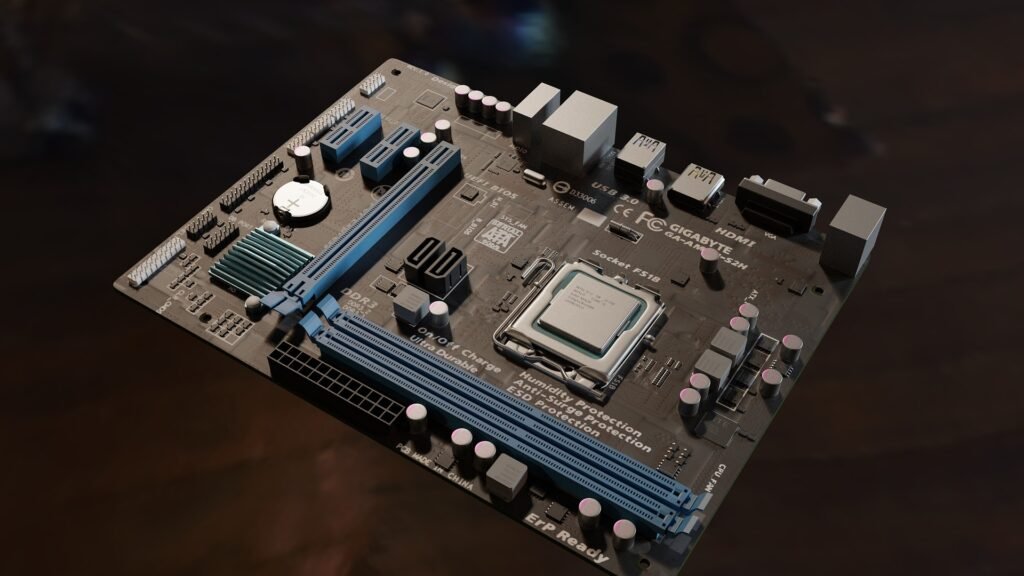
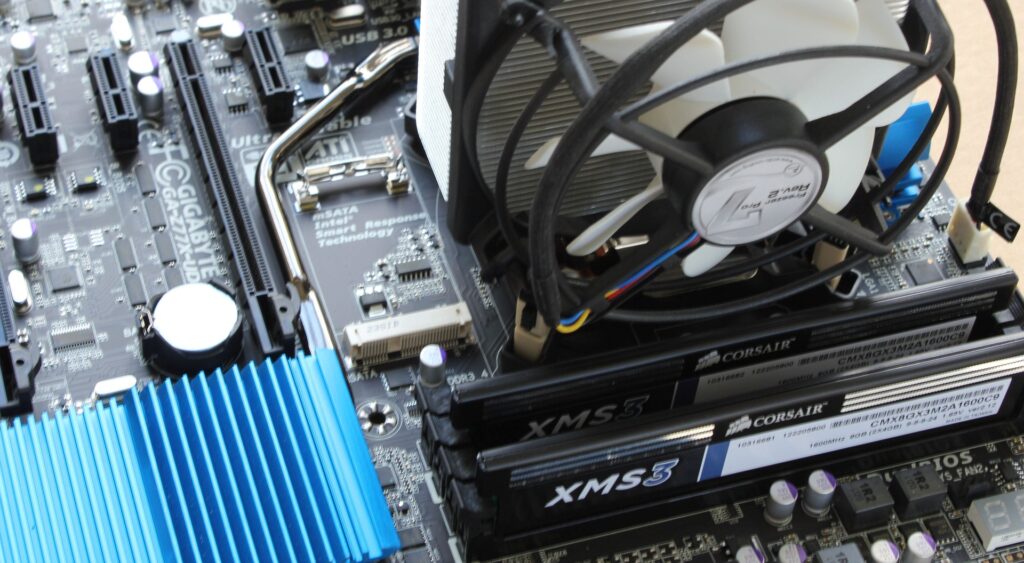
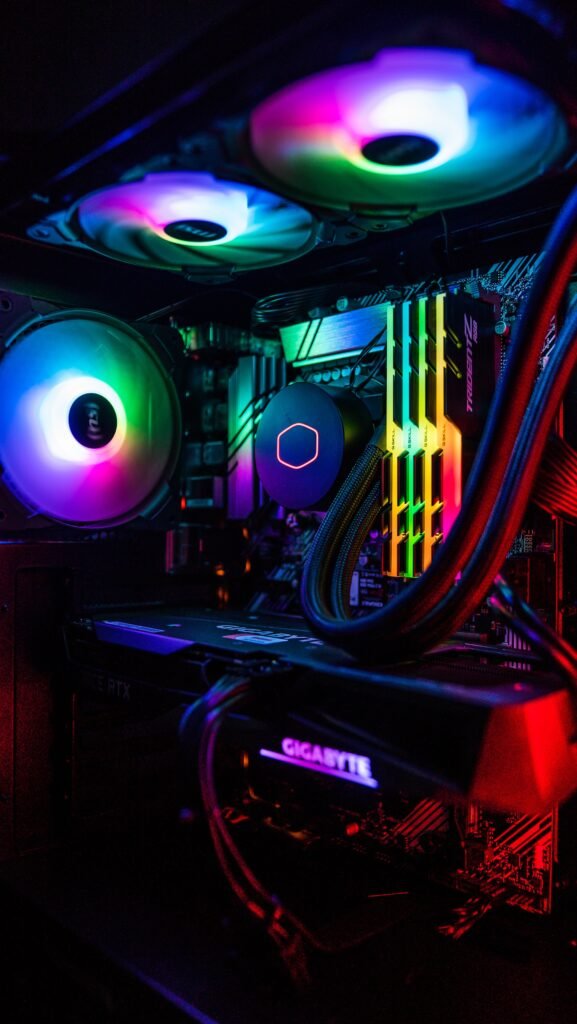
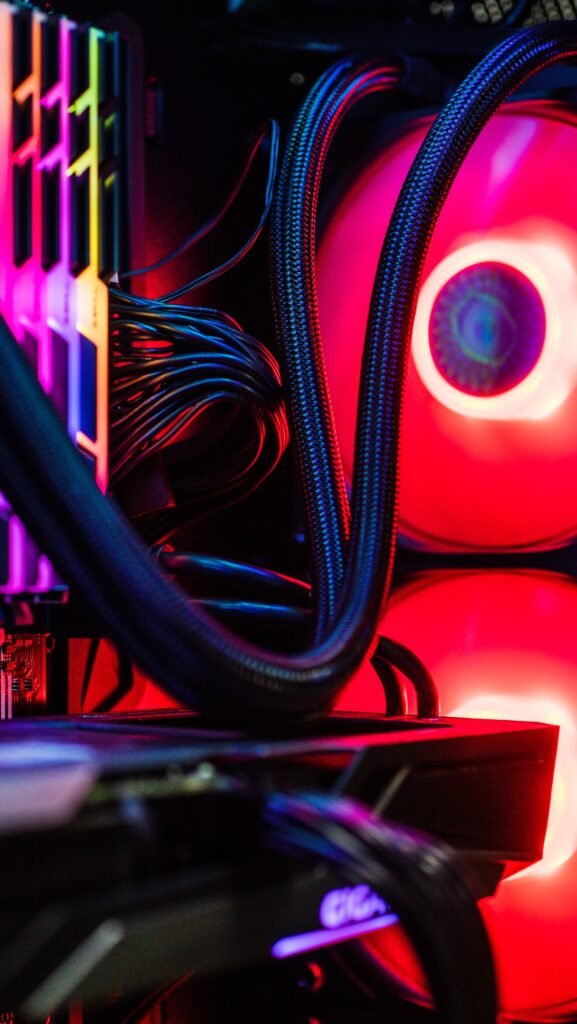

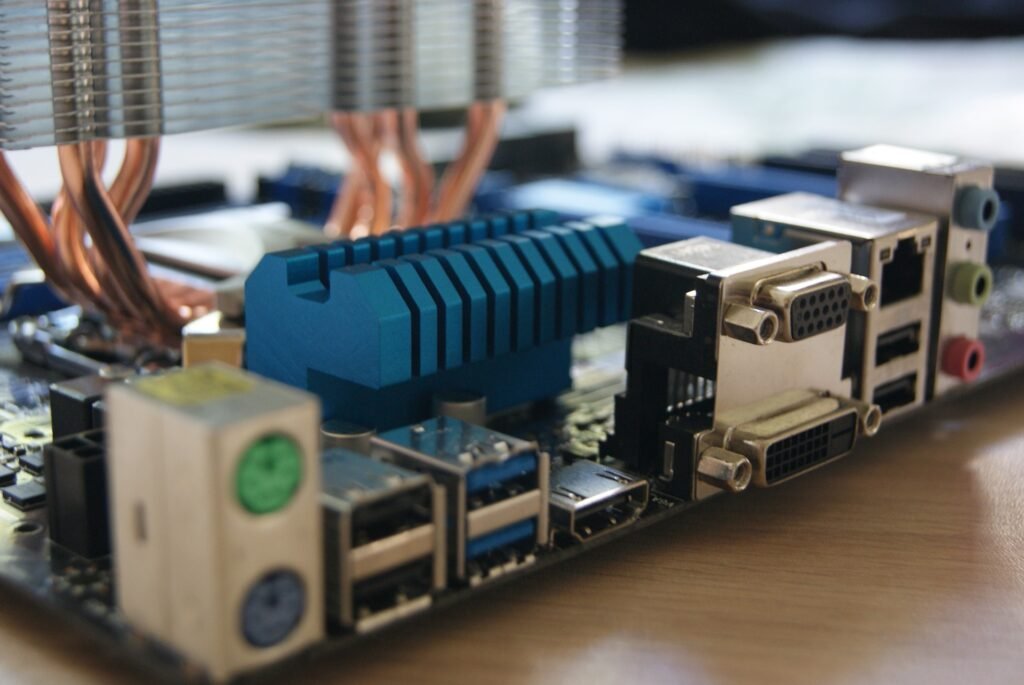
What’s up to every body, it’s my first pay
a visit of this website; this weblog includes amazing and in fact good material for readers.
For educational instaurations, the Campus Management Software is a highly effective way to simplify their
administrative processes and encouragement communication .
This computer program has evolved into a vital resource for contemporaneous campus planning because to its
cutting-edge capabilities and user-friendly layout . In addition to streamlining
processes, it likewise helps school days conserve vital resources so they
can focus on giving their students a high-quality education department .
The Campus Management Software is a game-changer for educational establishments striving to
continue in advance and rest militant in the fast-paced man of today.